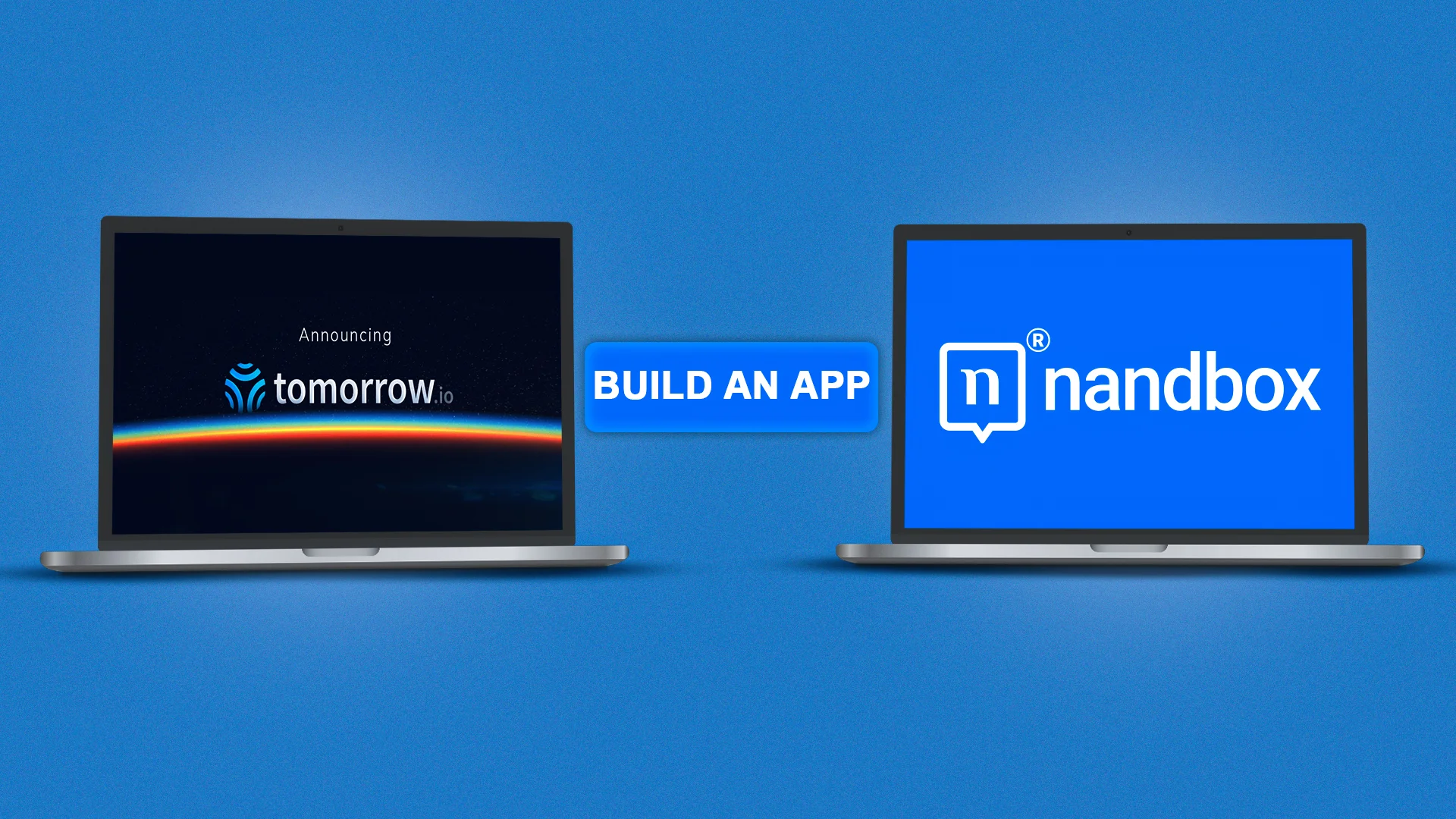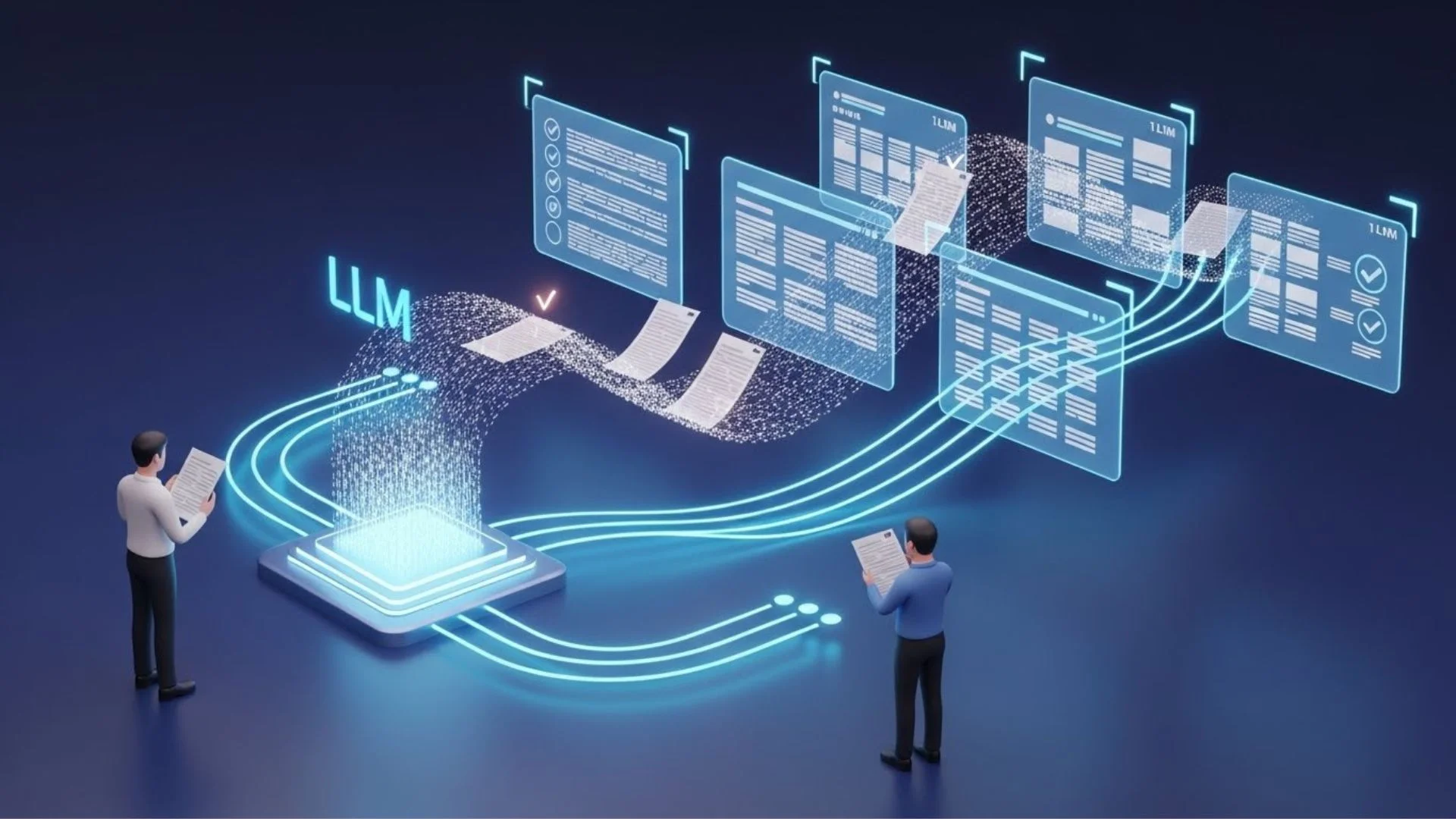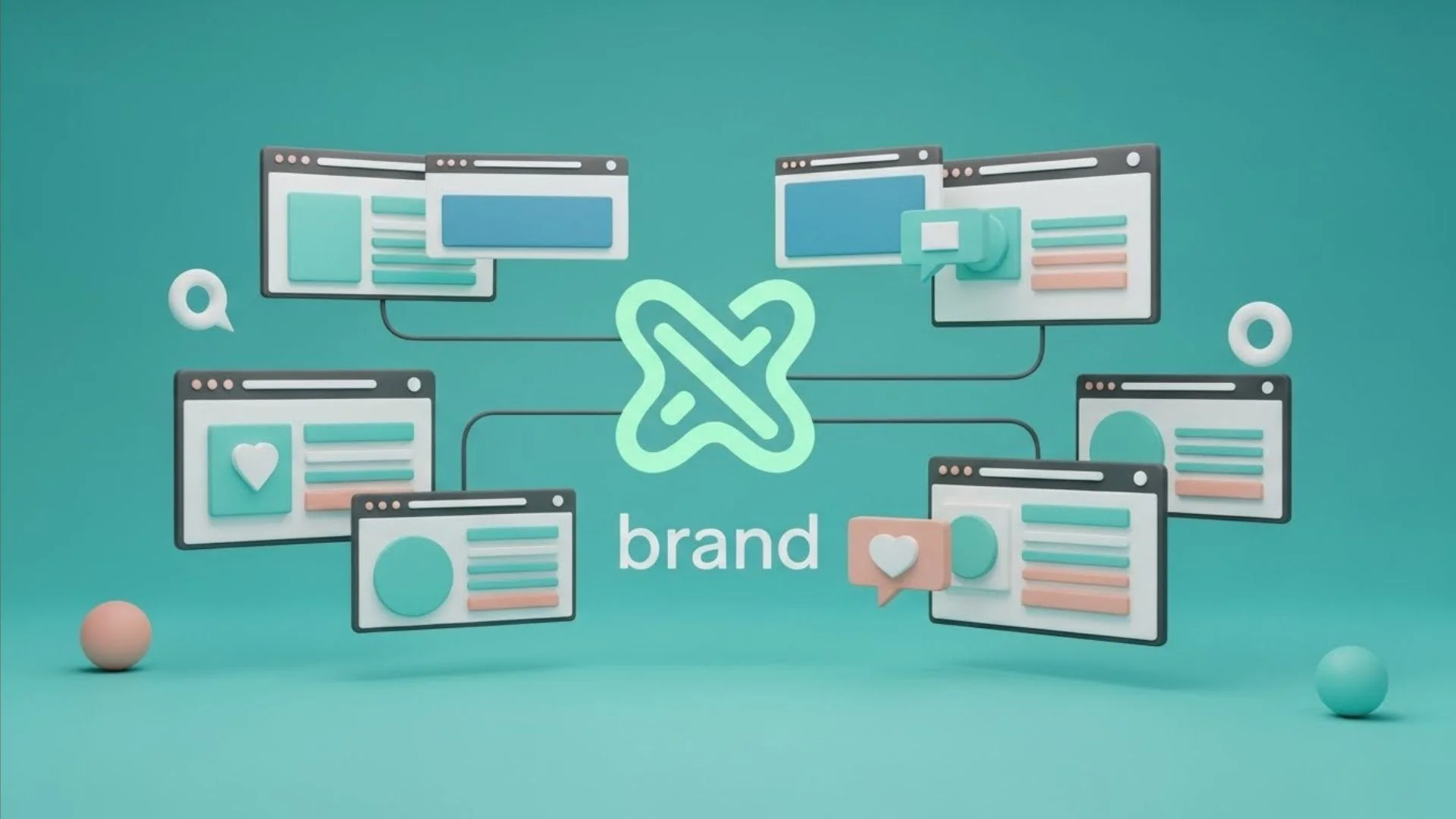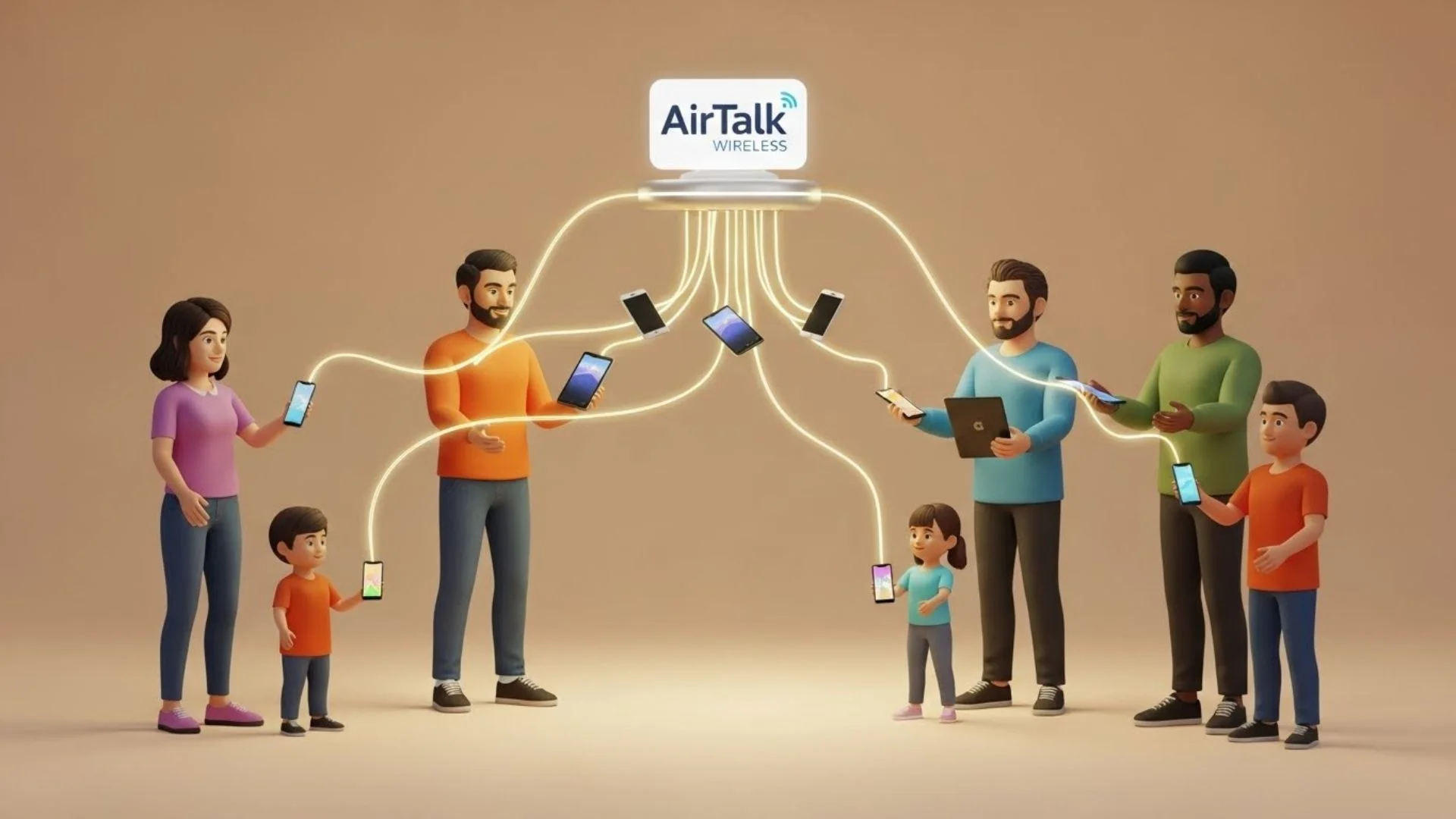ALLY, The app development sector is having a moment with the integration of advanced APIs with no-code platforms. This is revolutionary, to say the least. Thanks to this integration, developers and businesses are able to create sophisticated, high-end solutions with minimal effort. Among the most impactful advancements is the combination of Tomorrow.io’s weather API and nandbox’s no-code platform. This article explores how you can harness this powerful integration to embed real-time weather data, alerts, and forecasts into mobile applications without much hassle.
Tomorrow.io & nandbox: A Brief Overview
Tomorrow.io: An Industry Leader in Weather Intelligence
Basically, Tomorrow.io is the leading weather data solution provider, offering a powerful, feature-rich weather forecast API with access to real-time weather data, historical climate information, and severe weather alerts. Its applications run across various sectors, including agriculture, logistics, and tourism.
nandbox: The Versatile No-Code Platform
nandbox is a no-code platform that allows developers to build mobile applications without any coding expertise. It has a drag-and-drop interface, extensive features, and pre-built modules that make app development easier while allowing the flexibility to integrate APIs like Tomorrow.io’s real-time weather API.
Together, these tools empower developers to create dynamic, data-rich mobile applications customized to specific user needs.
Why Consider Integrating Tomorrow.io’s Weather API with nandbox?
- Improved user engagement: Real-time weather updates keep users informed and engaged.
- Benefits for industry: Industry-specific benefits go from providing hyperlocal weather forecasts for agriculture to delivering severe weather alerts for logistics.
- User-friendliness: Using a free weather API like Tomorrow.io’s with nandbox requires little technical know-how and is accessible to all developers.
What Are the Critical Features of Tomorrow.io’s Weather API?
- Comprehensive weather forecasts: Get minute-by-minute and long-term weather forecasts.
- Real-time data: Get current weather conditions anywhere in the world.
- Historical weather data: Past weather patterns are analyzed for future strategy-making.
- Extreme weather alerts: Receive timely alerts for extreme weather conditions.
- Developer-friendly: Supports popular programming languages like Python and JavaScript used for weather API and formatted responses in the JSON of the weather API.
Step-By-Step Guide: How Do I Integrate Tomorrow.io’s Weather API with nandbox?
1: Sign up and Get the API Key
- Visit Tomorrow.io’s weather API page and create or sign up for an account.
- Generate your unique API key, which will be used to authenticate your requests.
2: Create a nandbox App
- Log in to your nandbox account or create one if you do not have one already.
- Use the intuitive, user-friendly interface of the platform to create a new application.
- Choose a template that matches the purpose of your application.
3: Configure the API Integration
- Go to the “Integration” section in nandbox.
- Choose the option to integrate external APIs.
- Input the base URL for Tomorrow.io’s weather API JSON responses.
- Add your API key to authenticate requests.
4: Personalize Weather Data Display
- Choose where and how weather data will be displayed in your app (e.g., dashboard, notifications, widgets).
- Use nandbox’s drag-and-drop interface to position and style weather-related elements.
5: Test and Launch
- Test your application to ensure that weather data is being fetched and displayed correctly.
- Launch your app on the desired platforms, confident in its ability to provide accurate and timely weather information.
Exploring the Practical Use Cases for the Integration
- Agriculture: Farmers can use weather forecasts to optimize their planting and harvesting schedules.
- Tourism: Tour operators can advise their customers of weather conditions at the destination to help create a tailored itinerary.
- Logistics: Delivery services can alter routes based on severe weather alerts to avoid delays.
- Event planning: Organizers can ensure smooth operations by monitoring real-time weather updates.
For example, a tourism application developed on nandbox can integrate Tomorrow.io’s weather API for developers to upload live weather to popular tourist sites for improved user experience.
What Are the Best Practices for API Integration?
- Safeguard your API key: Ensure that your API is stored in a safe location. Take precautions not to expose the API key in public repositories.
- Keep track of API usage: Staying within usage limits is necessary to avoid unexpected charges; hence, monitor API usage.
- Optimize data requests: To reduce latency and improve the performance of the application, fetch only the required data.
- Maintain data privacy: User data must be handled securely and in compliance with relevant regulations.
Troubleshooting Tips to Optimize the Integration Process
Generally, integrating Tomorrow.io’s weather forecast API with nandbox is easy, but there are cases when things go wrong. Here are some common issues and solutions to help you optimize the process and ensure there’s no delay:
Invalid API Key
Double-check that the API key is entered correctly. Typos or extra spaces can cause authentication errors. You also need to ensure that the API key is active and has the necessary permissions enabled. If you suspect your API key has been compromised, regenerate a new key from your Tomorrow.io account.
Data Is Not Showing Up
Check the API endpoint, making sure it is correct, and the URL is according to specifications on Tomorrow.io documentation. Validate the request parameters—say location, date, or time—against valid and proper formatting. View the API response for error messages or missing fields through debugging tools or logs.
The Performance Is Slow
Optimize your API calls by requesting only the data you need instead of fetching massive datasets. Implement mechanisms for data caching so that frequently accessed data is stored in memory, thus reducing redundant API calls. Evaluate the frequency of updates for your app to balance the real-time needs of data and performance.
Error Codes
Understand Tomorrow.io’s error code documentation; quickly diagnose issues so you can quickly address them. Common error codes include 401 (unauthorized access), 403 (forbidden), and 429 (too many requests). Solutions typically involve checking your API key, usage limits, or account permissions. If the issue persists, contact Tomorrow.io’s support team for guidance.
Compatibility Problems
Ensure that the format of the API response (e.g., JSON) is compatible with your nandbox app’s integration settings. Test your app across different devices and operating systems to identify and resolve potential compatibility problems. Addressing these challenges proactively, you will be able to ensure a smooth and efficient integration process that will provide your app users with accurate and timely weather information.
Summing Up
Integrating Tomorrow.io’s weather forecast API with nandbox is a game-changer for no-code app development. Also, by combining real-time weather intelligence with an intuitive app-building platform, developers can create innovative solutions that cater to diverse industries.
nandbox App Builder
Weather intelligence uses modern data analytics, machine learning, and real-time weather data to provide accurate forecasts and actionable insights. This technology enables businesses to optimize operations, reduce risks, and make informed decisions in response to changing weather conditions. Also, companies can easily integrate weather intelligence into custom mobile apps using the nandbox App Builder. This integration provides users with live weather updates, predictive analytics, and interactive visualizations to keep them informed and prepared for any weather situation. By leveraging nandbox, organizations can enhance user engagement and operational efficiency through smart, weather-driven decision-making.





